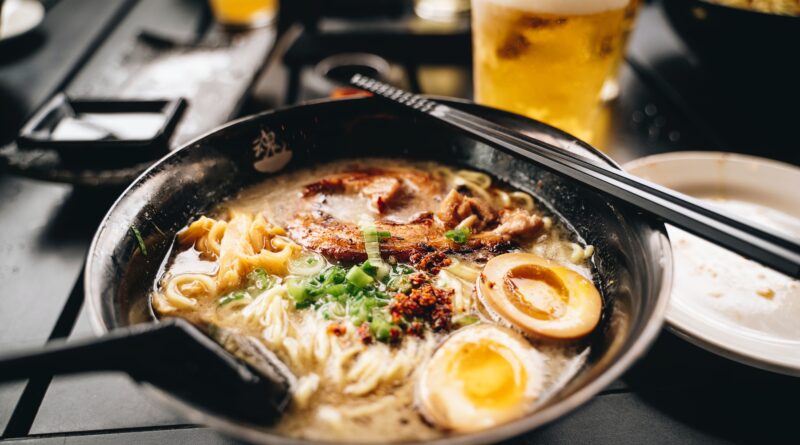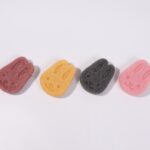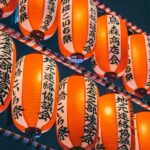Salt Content in a Ramen
Salt Content in a Ramen
ラーメンの塩分
Today, I went to a ramen shop to eat Szechuan spicy noodles with my friends.
今日は友人と、ラーメン屋に担々麺を食べに行きました。
The ramens, especially the Szechuan spicy noodles have a high salt content, and it’s not good for our health.
ラーメン、特に担々麺は塩分含有量が高く、あまり健康には良くありません。
In fact, the salt content of the Szechuan spicy noodles is about 6.3 grams.
実際、担々麺の塩分含有量は約 6.3 g です。
According to the WHO, it is recommended that people limit their salt intake no more than 5 grams per day.
WHOでは一日の塩分摂取量が 5 g 以下になることを推奨しています。
Also, the US government recommends that Americans limit their salt intake no more than about 6 grams per day to prevent a cardiovascular disease.
また、米国では心臓血管病の予防のため、一日の塩分摂取量が約 6 g 以下になるよう呼びかけています。
That is, if you ate the Szechuan spicy noodles, your health would be exposed to risk.
つまり、担々麺を食べた時点でアウトです。
However, Japanese people get salt average 10 g per day.
しかし、日本人は一日に平均 10 g の塩分を摂取しています。
Therefore, most Japanese people have the problem of high-blood pressure.
このため、日本人は高血圧の人が非常に多いです。
I’d like to be careful not to become HBP.
私も高血圧にならないよう気を付けたいです。
ラーメンの塩分
今日は友人と、ラーメン屋に担々麺を食べに行きました。
ラーメン、特に担々麺は塩分含有量が高く、あまり健康には良くありません。
実際、担々麺の塩分含有量は約 6.3 g です。
WHOでは一日の塩分摂取量が 5 g 以下になることを推奨しています。
また、米国では心臓血管病の予防のため、一日の塩分摂取量が約 6 g 以下になるよう呼びかけています。
つまり、担々麺を食べた時点でアウトです。
しかし、日本人は一日に平均 10 g の塩分を摂取しています。
このため、日本人は高血圧の人が非常に多いです。
私も高血圧にならないよう気を付けたいです。




